From the intricate designs of African elephants to the captivating beauty of panda bears, wildlife patterns have long been celebrated for their stunning beauty and complexity. This article is designed to provide a comprehensive overview of wildlife patterns, with a focus on traditional designs. We will explore the different types of patterns, the symbolism behind them, and how they can be used to create unique pieces of art and jewelry. From masks to tapestries, wildlife patterns are used in a variety of ways to add color and texture to any design. We will take a look at how different cultures around the world have used these patterns to create beautiful works of art, and explore the symbolism behind each pattern.
We will also discuss the current trends in wildlife pattern design, and how these designs can be used to create stunning pieces of jewelry. So, whether you are looking to add an exotic touch to your home décor or create something special for a loved one, this article will provide you with all the information you need to understand the fascinating world of wildlife pattern design. Wildlife patterns are a popular choice for traditional chainsaw carving projects. Bears, deer, birds, fish, and other animals are among the most common wildlife designs used in wood carvings. These patterns can be used to create stunning artwork and decorative elements. In this article, we'll explore the different types of wildlife patterns, their common uses, and helpful tips for creating your own.
Types of Wildlife Patterns:
Wildlife patterns vary widely in size, shape, and style.Bears are often used as a centerpiece in wood carvings, while deer and birds can be added as smaller accents. Fish patterns are often used to create intricate designs on furniture or home décor. When choosing a pattern for your chainsaw carving project, it's important to consider the size and shape of the wood you're working with.
Common Uses for Wildlife Patterns:
Wildlife patterns are commonly used to decorate furniture, home décor, or outdoor structures. They can also be used as accents on larger pieces such as doors, fences, or garden sheds.Chainsaw carvings made with wildlife patterns can also make great gifts or be used to commemorate special events.
Helpful Tips for Creating Your Own Wildlife Patterns:
When creating your own wildlife pattern with a chainsaw, it's important to choose the right type of wood. Softwoods such as pine or spruce are best for beginners. It's also important to keep the chainsaw blade sharp to ensure precise cuts and details. To get the best results, use slow and steady strokes when carving the pattern.Examples of Wildlife Patterns in Chainsaw Carving:
There are countless examples of wildlife patterns used in chainsaw carving projects.Images of completed projects can provide inspiration or guidance for your own designs. You can also find videos online that demonstrate the techniques used to create intricate wildlife patterns. By studying these examples, you can gain a better understanding of how to create stunning artwork with a chainsaw.
Common Uses for Wildlife Patterns
Wildlife patterns are often used to create beautiful and unique artwork with a chainsaw. These traditional designs can be used for a variety of purposes, from decorative wood carvings to wall hangings and furniture.Whether you are an experienced chainsaw carver or a novice, there are plenty of uses for wildlife patterns that will help you create a stunning piece of art. One of the most popular uses for wildlife patterns is to decorate wood carvings. Traditionally, these designs have been used to create intricate pieces of art that feature animals such as bears, deer, and birds. Carvers often use these patterns to bring detail and depth to their sculptures, which can then be displayed in homes or businesses. In addition, wildlife patterns can also be used to create larger pieces such as benches, chairs, and tables. Wall hangings are also a great way to add a touch of creativity to your home.
Wildlife patterns can be used to create abstract designs on walls or other surfaces that can be hung in any room. This can be a great way to add color and texture to your interior design. Furthermore, wildlife patterns can also be used as furniture covers or wall decorations. Finally, wildlife patterns can also be used to create unique items such as jewelry. By using these designs on materials such as leather or wood, you can create stunning pieces of jewelry that are sure to impress.
With the help of wildlife patterns, you can create pieces that will stand out and make a statement.
Helpful Tips for Creating Your Own Wildlife Patterns
Creating your own wildlife patterns can be a rewarding and creative experience. To get started, it is important to choose the right type of wood for your project. Some types of wood are better suited for chainsaw carvings than others, so it is important to research the best type of wood for the project. Softwoods, such as pine, are often a good choice for carving wildlife patterns.When you start carving, it is important to use a well-sharpened chainsaw blade. The sharpness of the blade will determine the level of detail you can achieve in your wildlife pattern. A dull blade will make it difficult to cut precise details. It is also important to practice good safety techniques when using a chainsaw.
Once you have chosen the right wood and sharpened your chainsaw blade, it is time to start sketching out your wildlife pattern. It is helpful to use a pencil or marker to draw out the design on the wood before carving with the chainsaw. This will help you visualize how your design will look once it is finished. You can also use a template or stencil to trace the pattern onto the wood.
When carving with a chainsaw, it is important to take your time and be careful not to rush. It is important to go slowly and pay attention to detail when carving the wildlife pattern. It may take some time and practice to achieve the desired result, but the end result will be worth it. Finally, once you have finished carving your wildlife pattern, it is important to seal the wood with a protective sealant. This will help protect your carving from damage caused by weathering or other environmental factors.
Sealing the wood will also help bring out the details in your wildlife pattern.
Examples of Wildlife Patterns in Chainsaw Carving
Wildlife Patterns are a popular choice for chainsaw carvers. From bears to deer to birds, these traditional designs can be used to create stunning artwork. One popular example is the bear pattern. This design is often used to create wall art or decorative pieces.Bears are also a popular choice for larger sculptures, such as life-size figures or even outdoor garden sculptures. Deer patterns are also popular in chainsaw carving. Deer can be used to create smaller sculptures, such as pendants or keychains, or larger pieces, such as life-size figures or wall art. Finally, birds are often used to create smaller sculptures, such as decorative pieces or keychains.
No matter which wildlife pattern you choose, it's important to take the time to plan out your design before you begin carving. By taking the time to sketch out your design and determine the size and shape of the sculpture, you can ensure that you get the most out of your chainsaw carving project. Additionally, it's important to take into consideration the type of wood you're using when creating a wildlife pattern with a chainsaw. Different woods have different characteristics, so you want to make sure you choose a wood that will best suit your design and create a stunning piece of artwork.
Types of Wildlife Patterns
Wildlife patterns are traditional designs that can be used to create stunning works of art with a chainsaw. There are many types of wildlife patterns, each with its own purpose. From bears to deer to birds, these patterns have been used for centuries to decorate wood carvings and other artwork.Bears:
Bears are one of the most popular wildlife patterns due to their strength and majesty. They can be used to create powerful and majestic wood carvings, or even just a simple decoration on a piece of furniture.Deer: Deer are another popular wildlife pattern that can be used to create beautiful, detailed carvings. Deer can also be used in a variety of decorative ways, from wall hangings to small sculptures.
Birds:
Birds are a classic wildlife pattern and can be used to create beautiful and intricate wood carvings. They can also be used in a decorative way, such as on furniture or as part of a wall hanging.Fish:
Fish are another popular wildlife pattern, and they can be used to create stunning and detailed wood carvings. Fish can also be used in a decorative way, such as on furniture or as part of a wall hanging.Reptiles:
Reptiles are another type of wildlife pattern that can be used to create unique wood carvings.Reptiles can also be used in a decorative way, such as on furniture or as part of a wall hanging. Wildlife patterns are a great way to add unique character and charm to your chainsaw carving projects. With a variety of types, common uses, and helpful tips for creating your own, you can create stunning artwork that will last for years to come. From bears to deer to birds, these traditional designs are timeless and make beautiful pieces that anyone can appreciate. With a little practice and some creativity, you can create amazing works of art using wildlife patterns with a chainsaw.
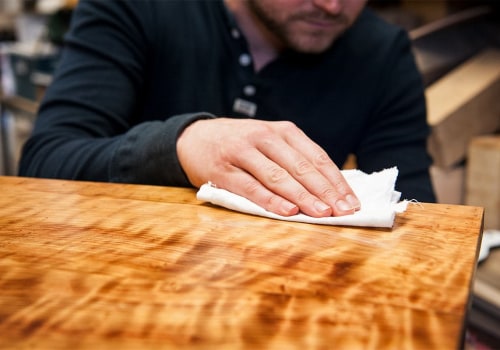
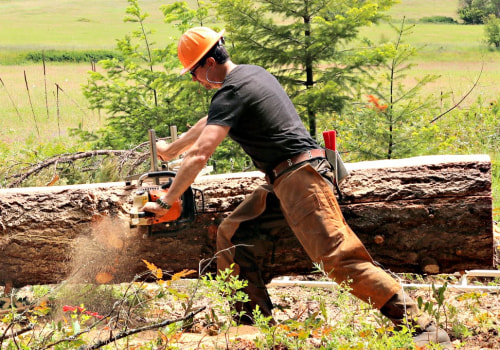
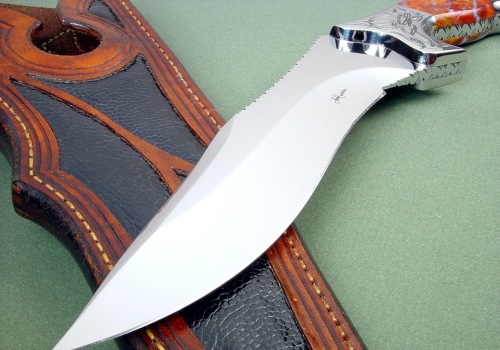
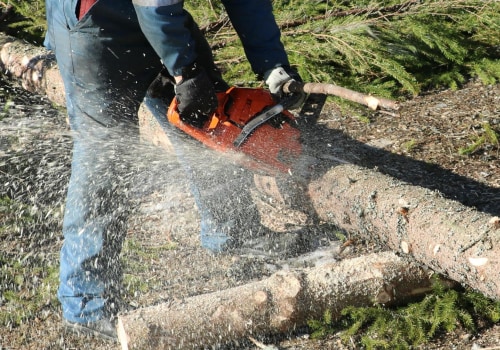
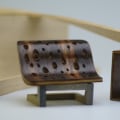
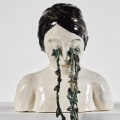
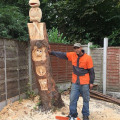
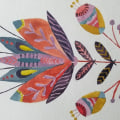
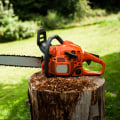

Leave a Comment